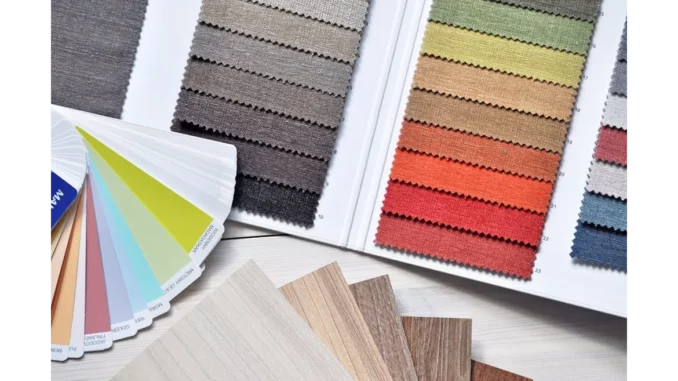
When I sat down with Emily Foster, a vibrant and determined interior design student in her mid-twenties, it was clear that her path was as colourful and intricate as the designs she aspires to create. Emily, with her keen eye for detail and a passionate drive, shared insights from her journey of balancing academia and gaining practical experience in the field of interior design.
Elegancia.homes: Creators of elegant spaces for personal wellness and relaxation.
Emily’s story is not just about pursuing a degree; it’s about crafting a career that is as fulfilling as it is challenging. Her narrative is a testament to the power of strategic planning and perseverance in the face of life’s multifaceted demands.
The Decision to Accelerate
“Time is of the essence,” Emily stated with a conviction that set the tone for our conversation. As a student pursuing a degree in interior design, she soon realised that the conventional pace of her programme wouldn’t suffice. Driven by the desire to enter the workforce and start making her mark, Emily made the strategic decision to take more classes each semester.
“I remember sitting down with my academic advisor and mapping out a plan,” she recalled. “It wasn’t just about finishing early; it was about making efficient use of my time and resources.”
Emily’s approach was methodical. She balanced core subjects with elective courses that complemented her interests in sustainable design and historical restoration. This not only kept her engaged but also broadened her knowledge base, which she believes will be invaluable in her future career.
Gaining Experience in the Real World
Alongside her academic endeavours, Emily was determined to gain practical experience. “I knew that theoretical knowledge alone wouldn’t cut it,” she explained. “I needed to understand how the industry worked from the inside.”
Emily’s search for relevant work led her to roles that, while not directly in design, were tangentially related. She took on a job in furniture sales, a position that provided her with insights into customer preferences, material quality, and the economics of design.
“Working in furniture sales was eye-opening,” Emily admitted, her eyes lighting up with enthusiasm. “I learned how to communicate design concepts to clients and understand their needs, which is a crucial part of being a successful interior designer.”
Another opportunity came in the form of a drafting position. Here, Emily honed her technical skills, learning to translate creative ideas into workable plans. This experience was instrumental in bridging the gap between her classroom learning and real-world application.
The Challenges Along the Way
Balancing an increased course load with part-time work was not without its challenges. Emily candidly shared the struggles she faced, from late nights poring over textbooks to weekends spent drafting plans for clients.
“There were times I felt overwhelmed,” she confessed. “But I kept reminding myself why I was doing this. The goal was to build a solid foundation for my career while completing my degree.”
Emily’s support system played a crucial role in her journey. Friends and family offered encouragement, while mentors provided guidance and perspective. “Having people who believe in you makes a world of difference,” she said, her voice filled with gratitude.
Looking to the Future
As she approaches the final year of her degree, Emily is optimistic about her future. Her experiences have not only equipped her with practical skills but have also solidified her passion for interior design. She plans to specialise in sustainable design practices, an area she feels passionately about.
“I’m excited about what’s next,” Emily shared with a bright smile. “The path I’ve taken has taught me resilience and adaptability—qualities that are essential in any career.”
Emily’s story serves as a powerful reminder that education and experience go hand in hand. For those considering a similar path, her advice is simple: “Don’t be afraid to take risks and step outside your comfort zone. Every experience adds a layer to your professional palette.”
In a world where the lines between education and work are increasingly blurred, Emily Foster’s journey is an inspiring example of how to navigate this dynamic landscape. Her commitment to her goals and her ability to adapt to challenges are qualities that will undoubtedly serve her well as she continues to shape her future in the world of interior design.
Salena Ripley


Be the first to comment